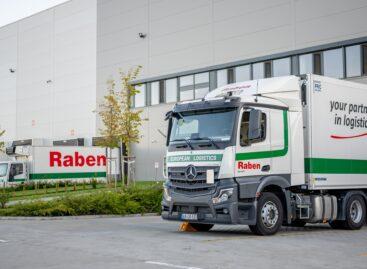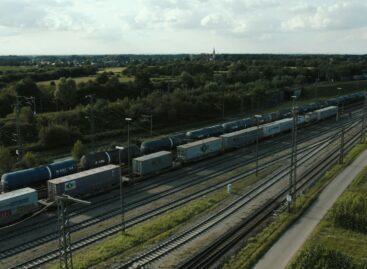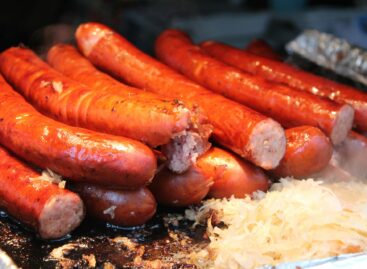CER Cargo shifts into high gear: international expansion is coming
The Hungarian-based CER Cargo Group is preparing to conquer the Central and Southeastern European rail freight markets with a new CEO and an ambitious strategy. Wilhelm Patzner aims to make the company a key regional player – even at the cost of foreign company acquisitions – writes vg.hu.
 The Hungarian-founded, but now internationally operating CER Cargo Group is embarking on a spectacular expansion. Under the leadership of the new CEO Wilhelm Patzner, appointed in July 2025, the CER 2030 strategy has already been prepared, the main goal of which is to expand interoperable rail transport – not only geographically, but also in organizational structure.
The Hungarian-founded, but now internationally operating CER Cargo Group is embarking on a spectacular expansion. Under the leadership of the new CEO Wilhelm Patzner, appointed in July 2025, the CER 2030 strategy has already been prepared, the main goal of which is to expand interoperable rail transport – not only geographically, but also in organizational structure.
Long term, without borders
According to the company’s plans, it intends to strengthen its presence with new market entries – for example in Poland, Germany, Austria and Serbia – and targeted acquisitions. The aim is to serve their customers on long international routes, without changing locomotives, through a unified logistics system. According to Patzner, “goods do not care about national borders”, so an international reorganization of train planning and dispatching services is also on the agenda.
The management structure has also been transformed: strong local managements work in each country, but these have been supplemented by holding functions – such as sales and operations vice presidents – who coordinate cross-border operations from the headquarters.
A subdued year, optimistic prospects
Although the Hungarian freight market narrowed by about 10 percent in the first half of 2025 due to the economic slowdown, CER Cargo aims to reach the 2024 level by the end of the year. The company has lost and gained new business at the same time, but according to Patzner, their operational flexibility and competitive prices have also brought new partners.
Transit traffic plays a key role in the life of CER Hungary: their trains running between Germany, Poland, Romania, Serbia and Turkey pass through Hungary, the main crossing points are Hegyeshalom, Sturovo, Subotica and Curtici. The transported goods include steel, coal, coke, oil, chemical products and intermodal units.
Related news
Time is the most precious commodity – Christmas peak in logistics
🎧 Hallgasd a cikket: Lejátszás Szünet Folytatás Leállítás Nyelv: Auto…
Read more >Transporters protested against the planned toll increase in Budapest and its surroundings
🎧 Hallgasd a cikket: Lejátszás Szünet Folytatás Leállítás Nyelv: Auto…
Read more >The Ministry of Transport invites transport organizations to the negotiating table
🎧 Hallgasd a cikket: Lejátszás Szünet Folytatás Leállítás Nyelv: Auto…
Read more >Related news
The New Year’s Eve fireworks fair is back: temporary sales will start in department store parking lots at the end of December
🎧 Hallgasd a cikket: Lejátszás Szünet Folytatás Leállítás Nyelv: Auto…
Read more >The first Eastern European non-alcoholic beer turns 50
🎧 Hallgasd a cikket: Lejátszás Szünet Folytatás Leállítás Nyelv: Auto…
Read more >Sausage: pork prices are already going down, but they won’t be cheaper in stores – a significant correction may come in the spring at the earliest
🎧 Hallgasd a cikket: Lejátszás Szünet Folytatás Leállítás Nyelv: Auto…
Read more >






